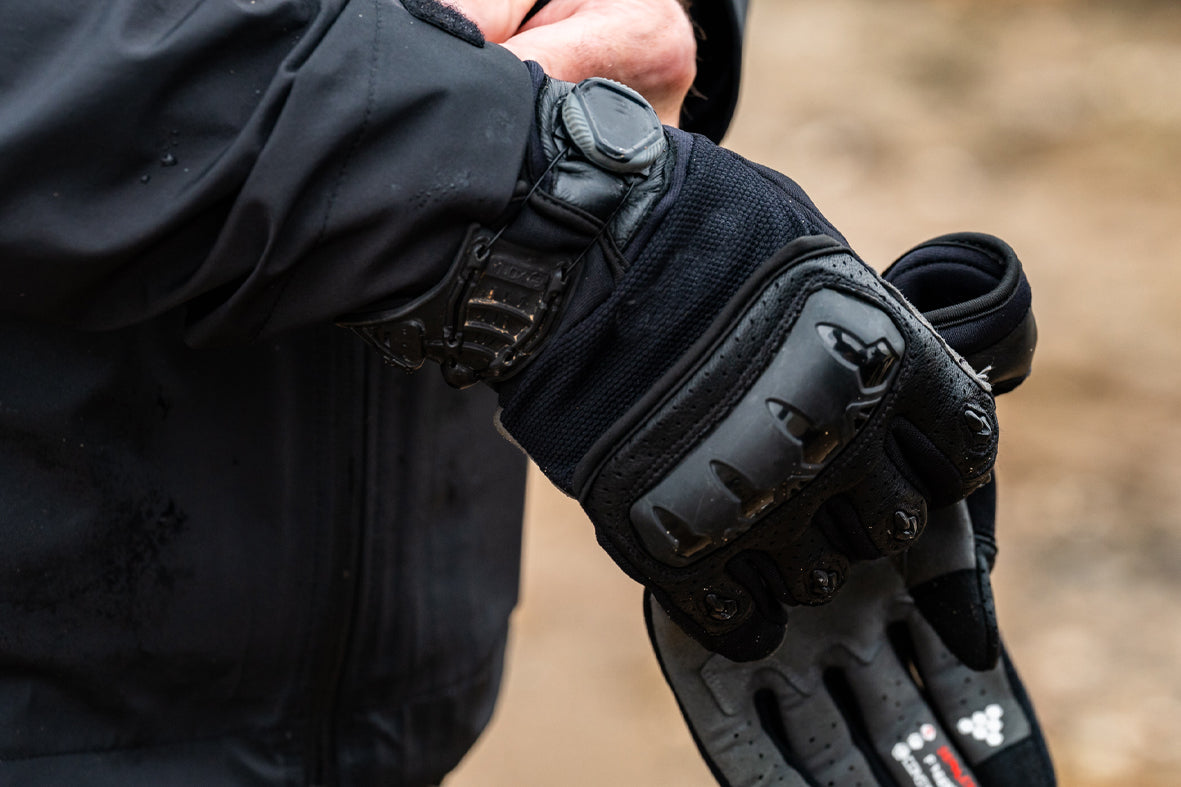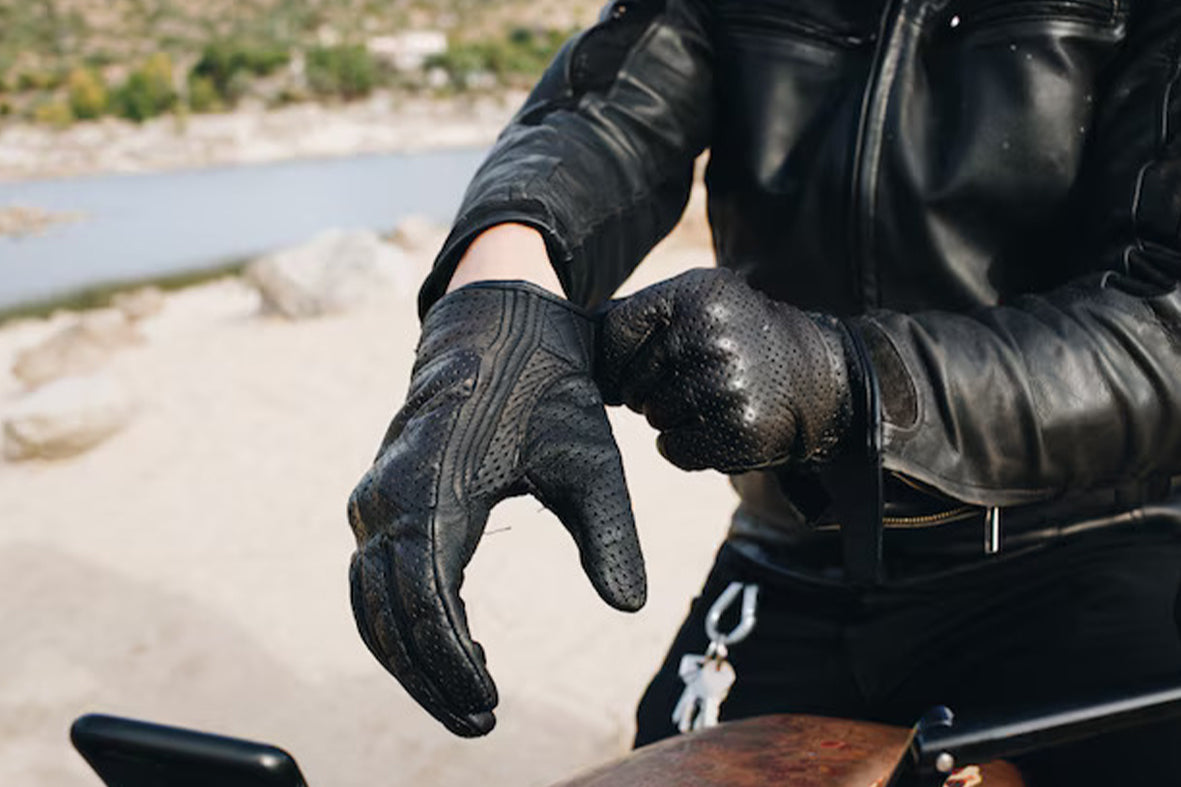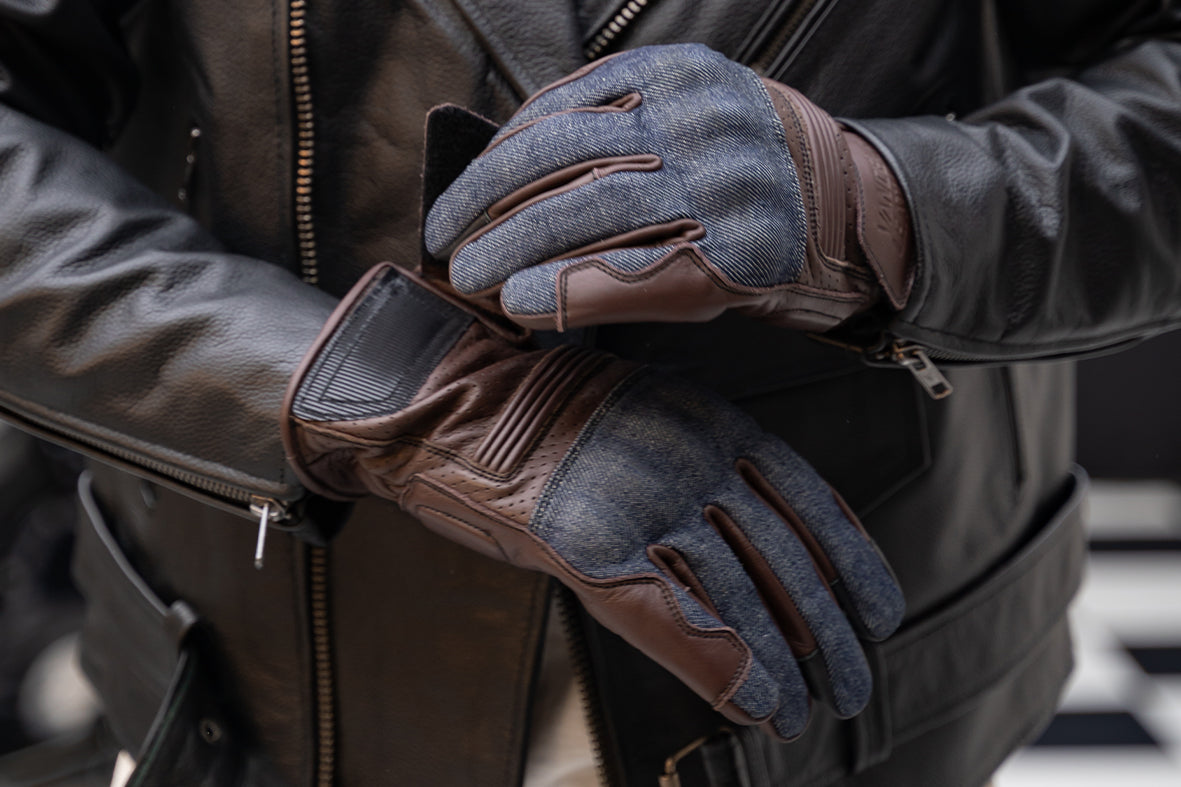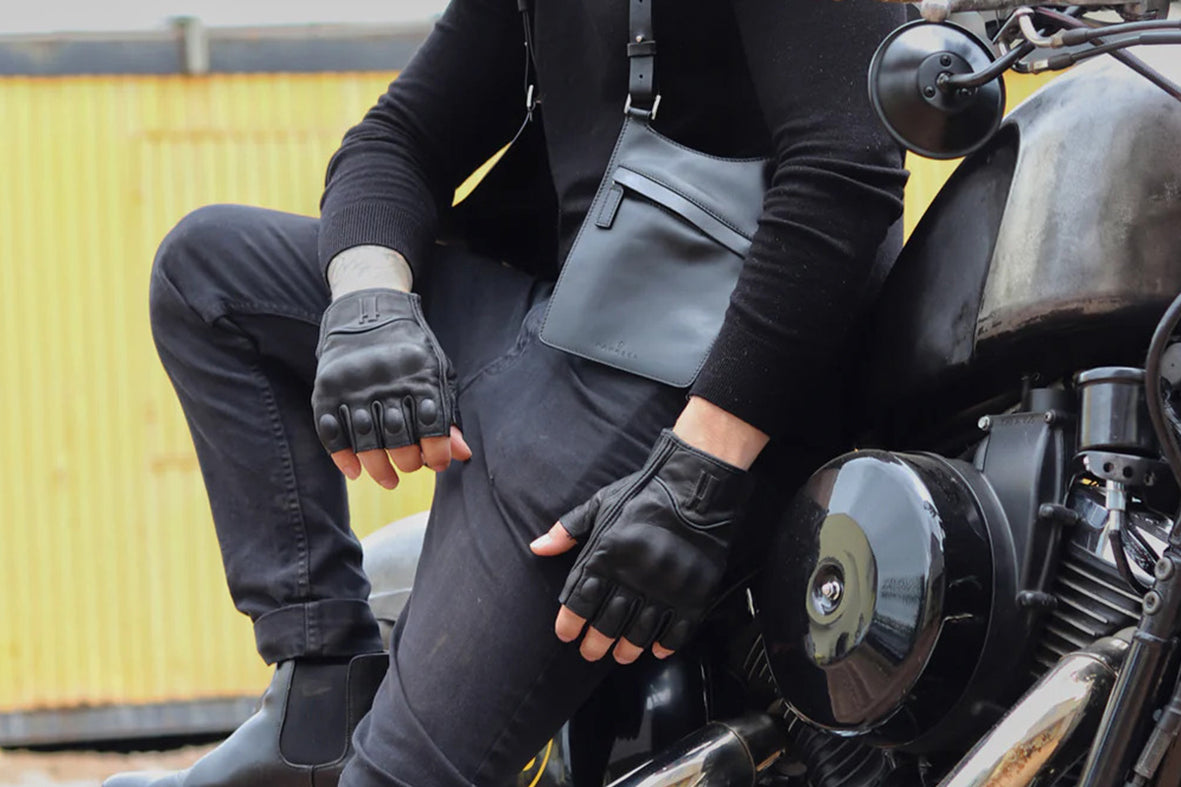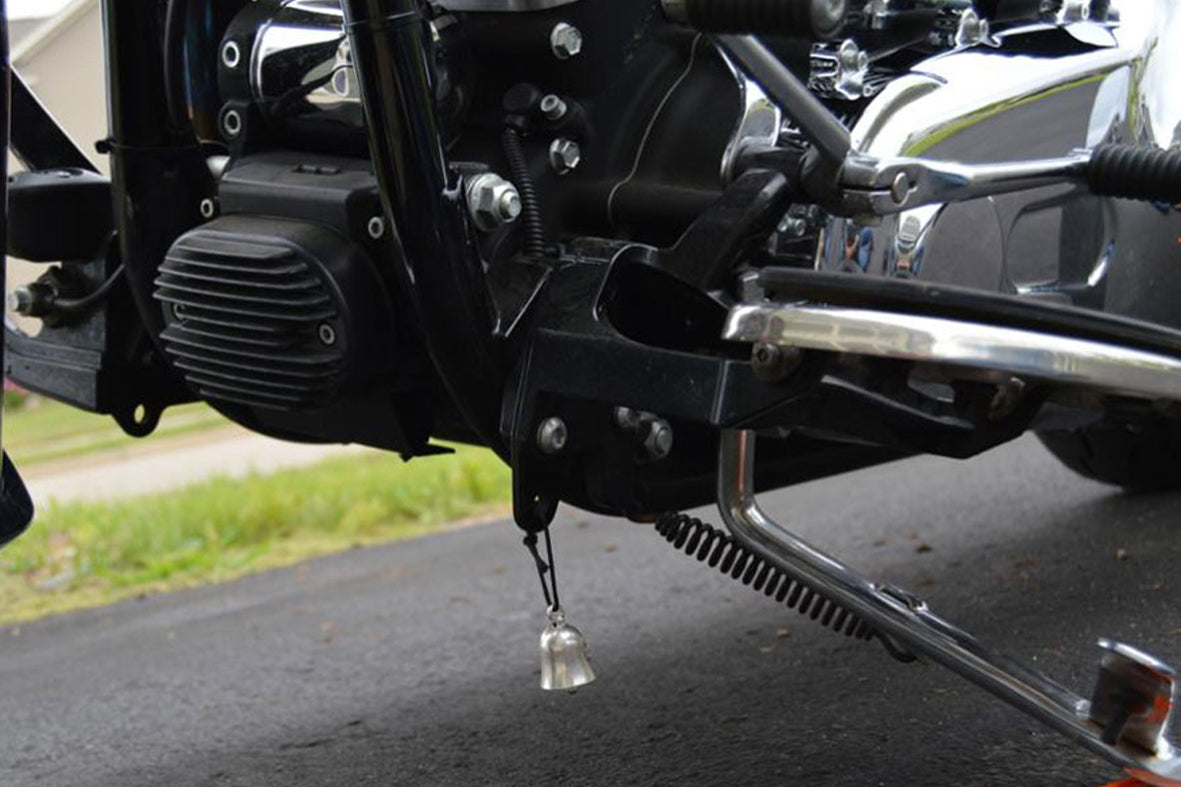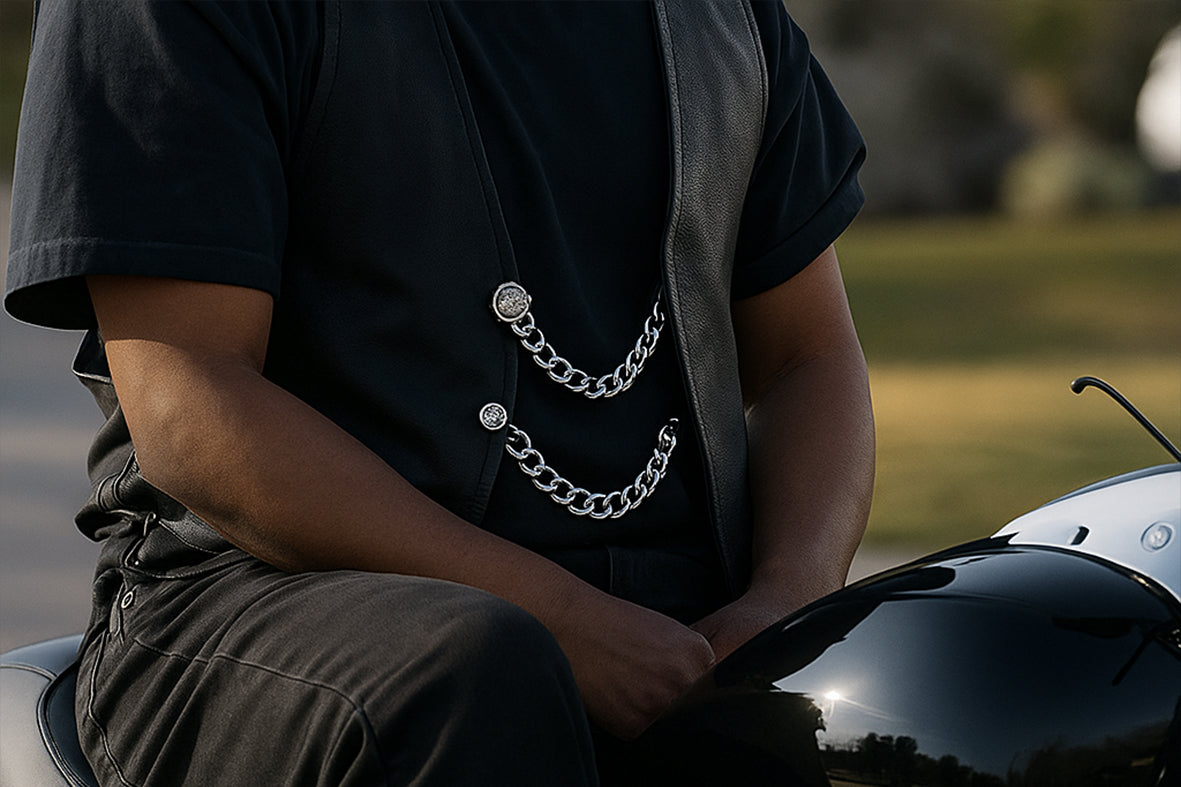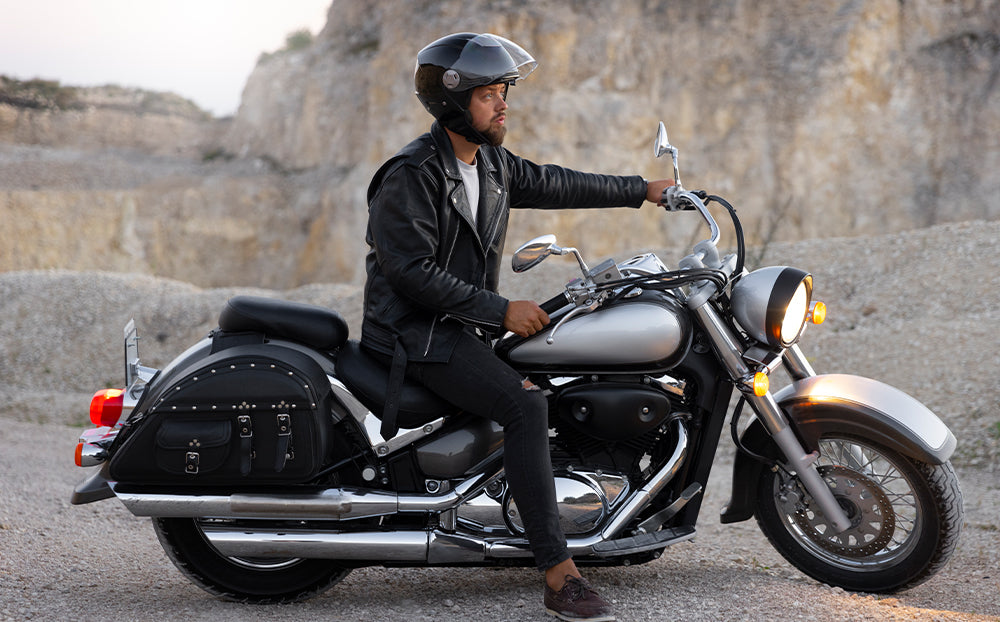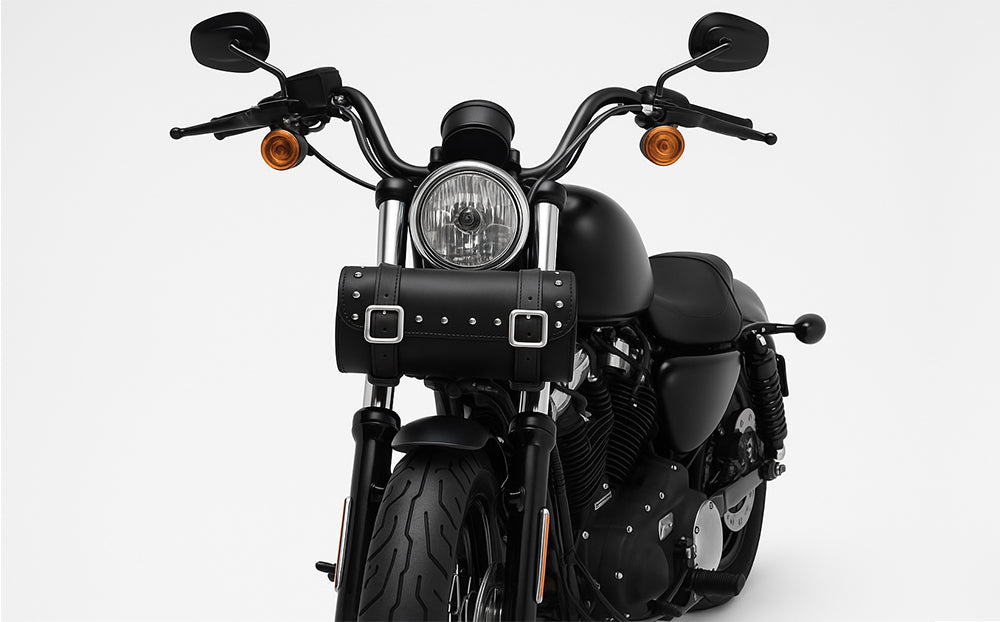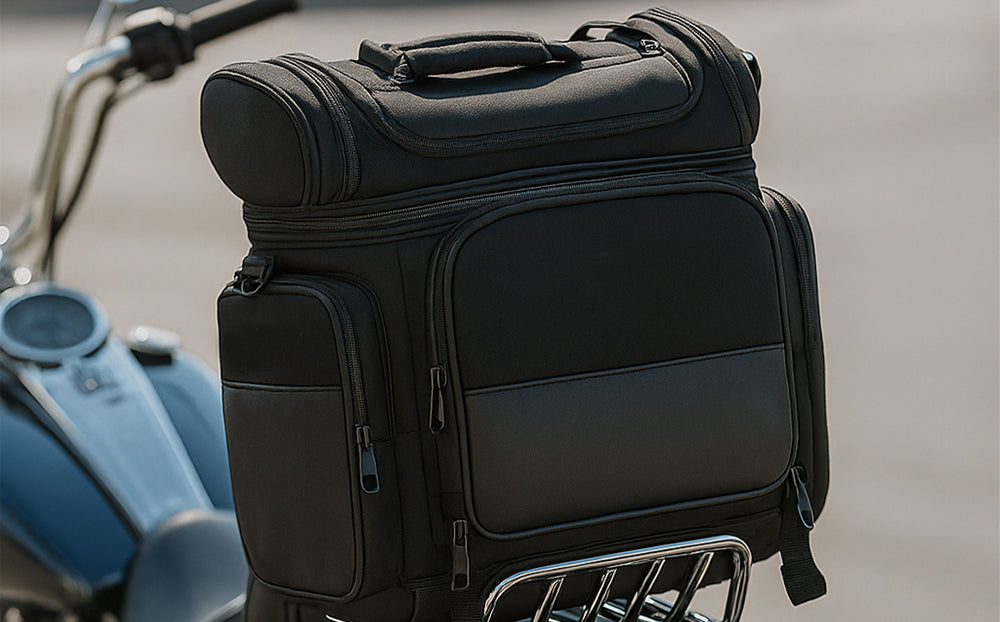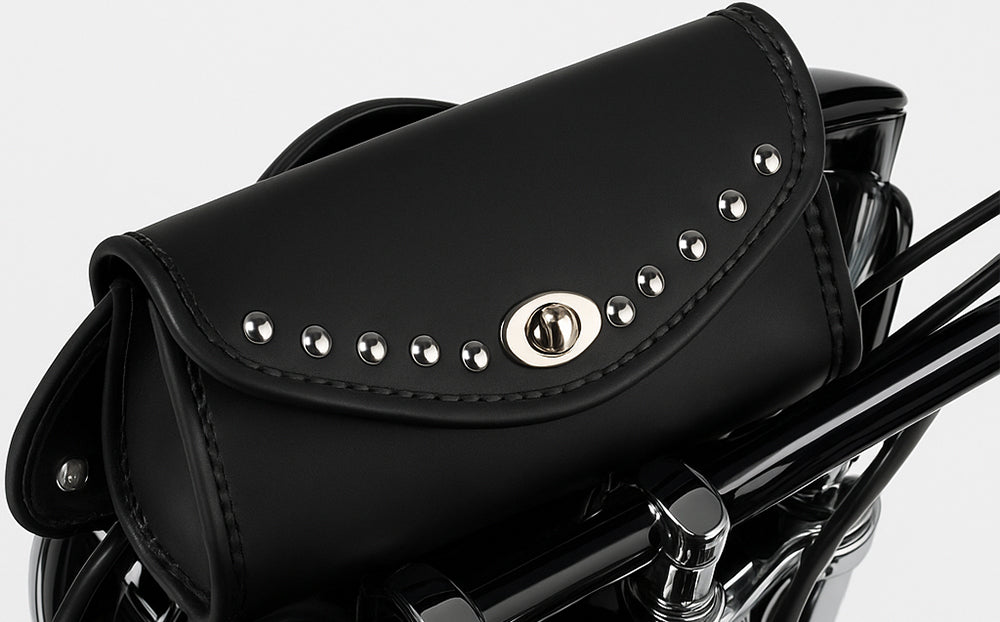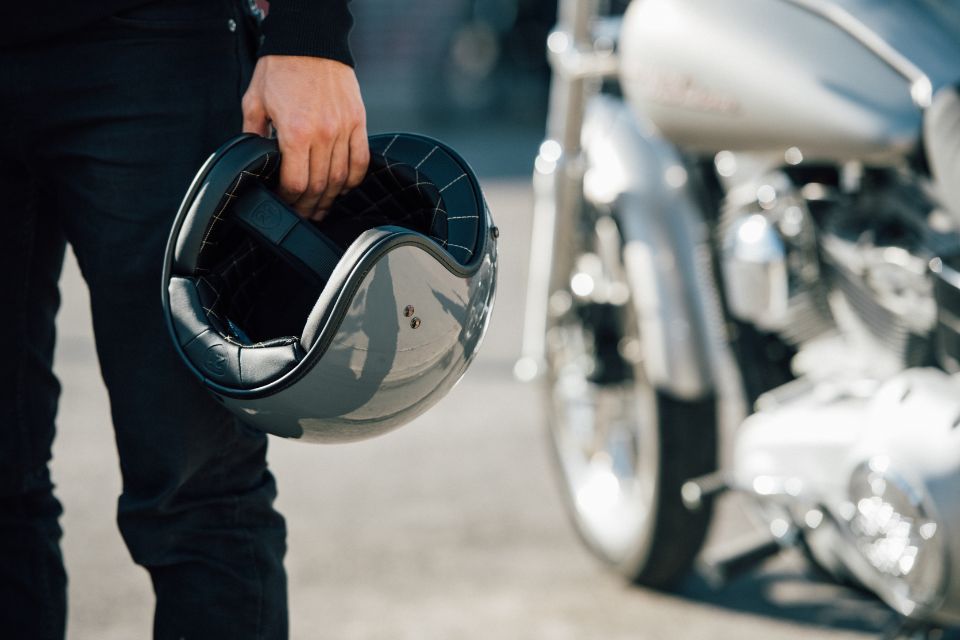Riding a motorcycle is all about freedom, but staying safe should and always come first. A helmet isn’t just another piece of gear — it’s the one thing standing between you and serious injury in a crash.
That’s where DOT-approved helmets come in.
The U.S. Department of Transportation (DOT) has strict safety standards to make sure helmets provide real protection. Without this certification, a helmet is just a plastic shell that won’t do much when it really counts.
What Makes a Helmet DOT-Approved?
A DOT-approved helmet isn’t just any helmet — it has to pass a series of safety tests set by the U.S. Department of Transportation (DOT). These tests make sure the helmet can actually protect you in a crash. Here’s what they check:
-
Impact Resistance – Helmets take hard hits in crashes, so they’re tested to see how well they absorb impact and reduce the force reaching your head. This is done using drop tests where the helmet is slammed against a solid surface at high speeds. If it doesn’t meet the standard, it fails.
-
Penetration Protection – The outer shell has to be tough enough to stop sharp objects from piercing through. A metal spike is dropped onto the helmet to see if it can keep your skull safe.
-
Strap Strength – A helmet won’t help if it flies off during a crash. The chin strap is yanked with extreme force to make sure it stays locked in place. If the strap fails, the helmet doesn’t pass.
-
Peripheral Vision – Riders need a wide field of view to spot cars, pedestrians, and road hazards. A DOT-approved helmet must allow at least 105 degrees of side vision, which is about what you naturally see when looking forward.
Every DOT-approved helmet comes with a DOT sticker on the back. But here’s the catch — some cheap, low-quality helmets slap on fake stickers to fool buyers. If a helmet feels flimsy, has poor-quality padding, or is ridiculously cheap, it’s probably not the real deal. Stick to trusted brands and certified retailers to make sure you're getting actual protection, not just a sticker.
Top DOT-Approved Helmets for 2025
When it comes to choosing a motorcycle helmet, safety should never be compromised. DOT-approved helmets ensure that your gear meets rigorous standards for protection. For riders seeking a combination of safety, comfort, and classic styling, Detour Helmets offers several excellent options for 2025:
Detour D.O.T. Black Half Helmet for Motorcycle Riders

The Detour D.O.T. Black Half Helmet is perfect for riders who prefer a minimalist look without sacrificing safety. With its sleek black finish and lightweight feel, this helmet offers both style and essential protection on the road.
Key Features:
-
DOT-approved for safety compliance
-
Lightweight and durable ABS shell
-
EPS (Expanded Polystyrene) interior for impact absorption
-
Quick-release black chin strap
-
Includes a protective helmet bag
-
Available in sizes XS to 2XL
Fit & Sizing Tips:
Proper helmet fit is crucial. Measure the circumference of your head about an inch above the eyebrows and at the widest part in the back. Always take multiple measurements and use the largest one to determine the best fit from the Detour sizing chart. If you wear a balaclava or head sock, measure with it on.
Detour Helmets D.O.T. Flat Black Half Helmet with Visor

For those looking for a bit more functionality with their minimalist design, the Flat Black Half Helmet with Visor provides a practical option. The attached visor offers extra sun protection while keeping the classic half-helmet look.
Key Features:
-
DOT-certified
-
Lightweight, impact-resistant ABS shell
-
EPS interior for shock absorption
-
Quick-release chin strap for easy use
-
Includes a protective storage bag
-
Sizes from XS to 2XL
Fit & Sizing Tips:
Helmet performance depends on a secure and proper fit. Measure your head’s circumference above the eyebrows and around the largest part of the back of your head. Always use the Detour sizing chart for guidance and remember to measure with any riding headwear in place.
Detour Helmets D.O.T. Flat Black 3/4 Helmet with Visor

Prefer more coverage but want to keep the open-air feel? The Flat Black 3/4 Helmet from Detour gives you the best of both worlds. It offers increased protection for the sides and back of the head while maintaining visibility and airflow.
Key Features:
-
DOT-approved
-
Lightweight and sturdy ABS shell
-
EPS interior for enhanced safety
-
Quick-release black chin strap
-
Comes with a protective helmet bag
-
Available in sizes XS to 2XL
Fit & Sizing Tips:
As with all helmets, fit is key to safety. Measure the widest circumference of your head (typically one inch above the eyebrows) and try multiple readings to ensure accuracy. Use Detour's sizing chart for best results, and include any headwear when sizing.
Helmet Myths That Can Get You Hurt
Some riders believe myths about helmets that can actually put them in danger. Here are some of the most common ones — and the facts that prove them wrong.
-
"Helmets block my vision and hearing."
This one’s completely false. A DOT-approved helmet is built to give you a wide field of view — at least 105 degrees of peripheral vision — which is more than enough to spot traffic, pedestrians, and road signs. As for hearing, studies show helmets do reduce wind noise, but they don’t block essential sounds like car horns, sirens, or even someone shouting nearby. -
"A half-shell helmet is just as good as a full-face helmet."
Not even close. Half-shell helmets might protect the top of your head, but your face, jaw, and chin are still exposed. In real crashes, facial injuries are common, with studies showing that about 45% of helmet impacts happen to the chin and face area. A full-face helmet absorbs that impact, while a half-shell helmet leaves you vulnerable to serious injuries. -
"If I ride carefully, I don’t need a helmet."
Even if you follow every traffic rule, you can’t control everything. Distracted drivers, potholes, sudden lane changes — accidents happen fast, and you might not have time to react. Data from the NHTSA (National Highway Traffic Safety Administration) shows that in many fatal motorcycle crashes, the rider wasn’t speeding or doing anything reckless. A helmet is your best defense when the unexpected happens. -
"Helmets break necks in crashes."
This one keeps getting repeated, but research says the opposite. Helmets actually help prevent serious neck injuries by stabilizing the head and reducing rotational force in an impact. A study in the journal Accident Analysis & Prevention found that riders wearing helmets had a lower risk of neck injuries compared to those who didn’t. The idea that helmets cause more harm than good is just outdated thinking.
Riding without a helmet is like driving without a seatbelt. Myths can be convincing, but facts don’t lie — helmets save lives.
How to Spot a Genuine DOT Helmet
Not every helmet with a "DOT-approved" sticker actually meets safety standards. Some are just cheap knock-offs that look the part but won’t protect you in a crash. Here’s how to make sure you’re getting the real deal:
Check the DOT Sticker (But Don’t Trust It Blindly)
A real DOT-approved helmet will have a DOT certification sticker on the back. However, fake stickers are easy to print, and some manufacturers slap them on unsafe helmets. To be sure, check if the brand and model are listed on the NHTSA (National Highway Traffic Safety Administration) database of certified helmets.
Look at the Inner Foam Thickness
A genuine DOT helmet has a thick inner liner — about one inch (2.5 cm) of dense foam. This liner absorbs impact and reduces the force on your head. If the foam feels too thin or soft, the helmet won’t do its job in a crash.
Inspect the Chin Strap and Buckle
The chin strap is just as important as the helmet itself. A proper DOT helmet has a strong, securely attached strap with a sturdy D-ring or ratchet-style buckle. If the strap feels weak or flimsy, it might not hold up in an accident.
Check the Weight
Real DOT helmets have to be sturdy enough to protect your head, so they usually weigh about 3 pounds (1.3 kg) or more. If a helmet feels too light, that’s a red flag — it probably doesn’t have the necessary impact protection.
Buy from a Trusted Source
Counterfeit helmets are common, especially online. Always buy from a reputable motorcycle gear shop or an official brand website. If a deal seems too good to be true, it probably is.
A helmet’s job is to save your life, not just look cool. Fake helmets might be cheaper, but they offer zero real protection. Do your research and make sure you're getting the right one.
A DOT-approved helmet isn’t just a legal requirement — it’s your best defense against serious injury on the road. Whether you're commuting, touring, or riding for fun, investing in a high-quality helmet is one of the smartest choices you can make. Stay safe, ride smart, and make sure your helmet meets the standards that could save your life.

